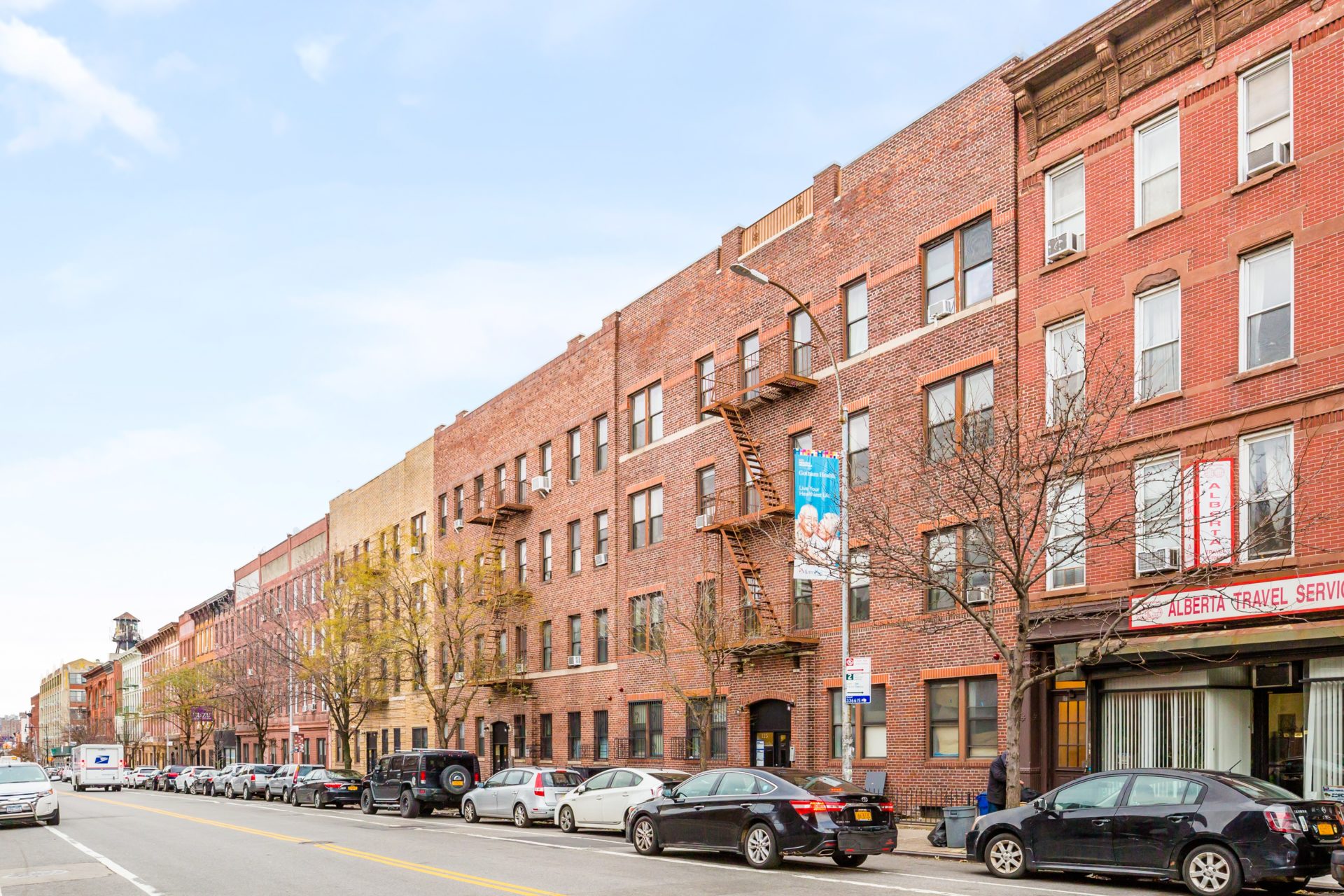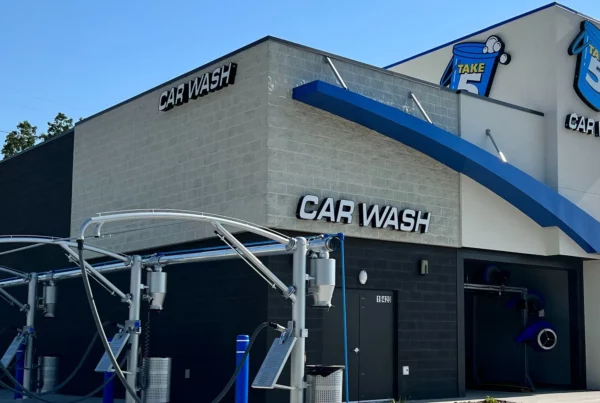NYC Multifamily: What Just Happened And Where Are We Going?

BY SETH GLASSER
8/19/2022
What Just Happened?
We ended 2021 with historically low interest rates and the idea that we’re in an economic slump. Nationally, rents were booming, unemployment was healthy below 4%, and wages were rising. Renters left high density coastal cities flocking to the suburbs and those that stayed opted to spend more time working from home. Real estate values across the country skyrocketed driven by huge demand and low interest rates. Overregulation in coastal blue cities like New York, Los Angeles and San Francisco pushed capital to business-friendly growth states in the southeast and sunbelt markets. Rents in places like Atlanta, Miami, Phoenix, and Austin were/are increasing and buyers were taking out short term bridge debt with negative leverage to implement a value-add business plan. That business continued to thrive throughout Q1 2022 but began to slow in Q2 as rates rose.
In New York, rents have been increasing in the first half of the year. Depressed rent rolls with COVID discounts were rebounding 10 or more percent above pre-COVID levels. However, not all neighborhoods and not all buildings shared these benefits equally. Rental growth happened first and strongest for the best buildings in the best neighborhoods (think elevator buildings in Chelsea, West Village, Williamsburg, Upper East Side) followed by the walk ups in the best neighborhoods. Demand for these apartments was through the roof with bidding wars pushing rents above asking prices. In many instances tenants would re-sign the lease no questions asked with 20% increases just so they didn’t have to go through the arduous experience of finding another apartment and the hassle of moving. After that supply got absorbed, the secondary markets got a taste of the upside. On the contrary, large apartments in secondary and tertiary markets still haven’t rebounded to pre pandemic levels. Renting a three or four-bedroom unit north of 96th street or in deep Brooklyn is not an easy feat for owners. Pre-COVID, a mediocre four-bedroom apartment in Upper Manhattan could command $1,000 per bedroom. Fast-forward to 2022 and unless you have an elevator, top of the line renovations and are in a premier neighborhood of your submarket, you’d be lucky to get $750. The smaller units have done remarkably well but the “beds and heads” model in the less established neighborhoods have really struggled. To combat this, some owners are opting to fill large market rate units with Section 8 tenants where the government is responsible for paying most of the rent. This is a new trend that didn’t exist prior to COVID.
An overwhelming majority of sales in the first half of the year are buildings with a mostly free market component (You can take a look at our Q2 2022 Sales Report here). Let’s review why…Market rate rentals have rebounded in value significantly because of rising rents. Smaller, mostly free market buildings have made up a majority of the sales inventory in the first half of the year. Cap rates were remarkably low as buyers could project double digit rent growth. This was a perfect storm for high sales volume. Rent stabilized buildings have been slower to recover and the velocity as a result has stalled.
Why is that? A few reasons. First, compliance and the challenge of managing these buildings makes the barrier to entry ridiculously high which limits your buyer pool. Second, there is almost no institutional capital allocated towards rent stabilized buildings. I recently spoke to an analyst at a well-known investment bank who currently is a limited partner in 50+ rent stabilized buildings. He said to me: “there is no way I can take a rent stabilized investment to committee”. How can an institution underwrite an IRR if they’re barely allowed to raise the rents and expenses seem to grow faster than income? These institutions have allocated capital to growth markets mentioned previously. Third, location and quality of the building have been driving factors in demand. Not every building is created equal – the cleanest stabilized buildings in the best locations generate the highest level of interest, and the smaller mid-block walk ups with heavy cap ex loads generate little to no interest unless the price is considerably reflective of the work involved with running these buildings. Finally, since NOIs are so constrained because of the passing of HSTPA, the buyer cannot project future cash flow, but must buy the building on current cash flow. That dialogue focuses the conversation strictly on cap rate and cost of debt.
In the first half of the year as Treasuries were below 2%, borrowers locked in low debt and deals got done. As rates started to rise in Q2, buyers started reducing their bids by a few percentage points. Talk of rising rates was happening every day and almost all sellers who decided to put their building on the market in the beginning of 2022 were able to push their deals over the finish line and get it done. They knew taking two or three percent less was better than waiting out the market knowing rates were rising indefinitely. You can see the math on how rising rates impacts pricing in my previous article by clicking HERE.
Where Are We Going?
Demand for free market buildings in established neighborhoods will continue to flourish as equity groups and operators can add value and feel confident in the bricks and addresses that they purchase. Values for rent stabilized buildings will continue to be tied to interest rates, cash flow and operational challenges and values will likely fall slightly because of rising rates. Just because rates rise 100 basis points doesn’t mean cap rates will also rise 100 basis points. It will not be a 1-1 ratio. Once pricing falls to a low basis there are buyers who will overlook cap rate just because the price per unit or price per foot is so attractive. If rates go to 6% buildings will not be selling at 7 and 8 caps. There are buyers out there willing to take neutral leverage because the basis will become more attractive than it’s ever been in years past.
At the end of July 2022, the Federal Reserve raised their Federal Funds Rate another 75 basis points to 2.25-2.50%. This was expected and Treasuries have priced this in. Prior to the announcement on July 26th the 10-year Treasury was at 2.75% and at the close of business on July 27th the Treasuries finished at 2.785%.
How much the Fed decides to raise rates will be a direct result of the inflationary numbers. Their priority is to get inflation down from 9.1% to 2.0%. I often wonder how much of an effect raising rates will have if we still have other major factors outside of government control impacting pricing- for example: the war in Ukraine affecting cost of food and energy across the globe, and supply side delays from manufacturers overseas have resulted in demand outweighing supply, driving costs of goods up. How high will interest rates go for me to get a couch in two weeks rather than 10!
The important factor in looking at interest rates is not where they are today, but where are they going: how long they will rise and where will they stabilize? Economists looking at a crystal ball predict the Federal Funds Rate to increase another 50% even from today’s standpoint! Currently we are at 2.25-2.50% with predictions that we will likely top out in Q1 2023 well above 3.0% and then ease back down from there. A key takeaway: 24 months from now the Federal Funds Rate is projected to still be higher than where it is today! Meaning, if you’re waiting on the sidelines for a loan quote to come in below 4% you might be warming the bench for a while. Unless the Fed takes us on a crash landing and we have a 2008 type of recession where they’ll have no choice but to stimulate investment again, it’s likely that we won’t see those historically low interest rates anytime soon.
With the cost of borrowing going up over the foreseeable future, what will happen to people who have expiring debt at 3 or 4%? Have they raised NOI enough to refinance without having to write a check to close on a higher interest rate loan? Or will they be forced to sell at losses? Those decisions will depend on the individual borrower, their view of their future investment horizons and alternative investment strategies. Borrowers who refinanced after HSPTA in 2019 and before March 2022 for less than 4% will likely be facing a higher interest loan when their debt comes due. Those fortunate with little to no debt will be making decisions based on quality of life, alternative investment opportunities, and long-term estate planning.
So how does all this impact the multifamily housing market in New York City? We expect a lot of inventory to come on the market the second half of the year as sellers test the waters with the goal of exiting management intensive operations. How much of this will sell? There’s only one way to find out! Stay tuned 😊
If you’d like to review a recent sale or discuss any on market opportunities, you can reach me at the number below.
Seth Glasser
Senior Vice President of Investments
Marcus & Millichap / NYM Group
seth.glasser@marcusmillichap.com
(516) 770-1366
Listen To The Podcast
2022 Q1 Recap – Joe Koicim, Shaun Riney, Seth Glasser
facebook LinkedIn Instagram Twitter




